His journey into the world of interiors may not have been straightforward, starting off in food technology and then creative advertising; but when Adam Knight helped his parents furnish their period flat, he discovered a passion for design that set him on a new and exciting path that led to him founding his own interior design company - Nefarious Design. Characterised by bold colours, classic styling and carefully curated keepsakes, with an eclectic mix of modern and vintage finds, Adam's interiors clearly tell the story of its inhabitants.
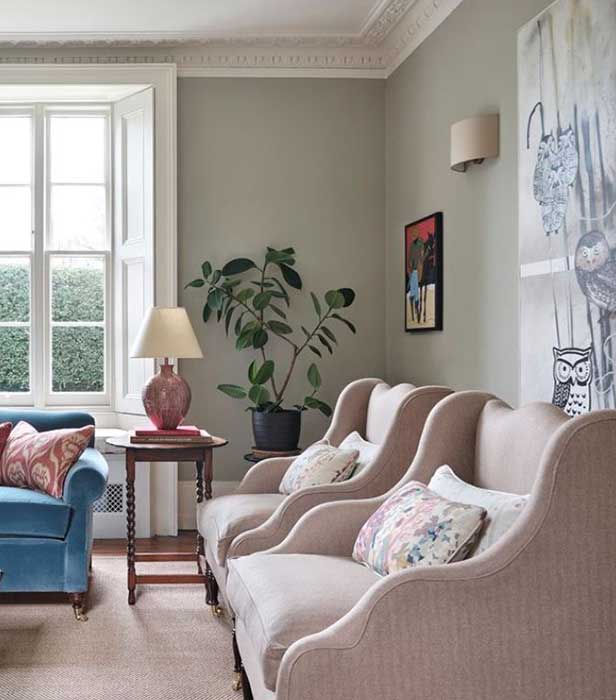
We love how Adam blends colours, patterns and lighting to create timeless and distinctive spaces that are both beautiful and responsible. We caught up with him to ask about his approach to styling.
Welcome to the Style Journal Adam. Tell us how you got into interior design. Is it something you’ve always wanted to do?
No, my journey into interiors was anything but straightforward. Initially, I did a BSc in Food Technology, influenced by my parents' background in the food hygiene industry. However, I realised that I needed a more creative outlet, so I decided to explore advertising and completed an MSc in International Creative Advertising. Around the time of my graduation, my parents asked for my help in furnishing their flat. I unexpectedly fell in love with the process, choosing furniture and accessories that complemented the property's period charm (despite still having a lot to learn!) That experience sparked the realization that interior design was what I truly wanted to pursue.
With no formal art background—not even a GCSE—I knew I needed proper training. This led me to London, where I completed a diploma in Interior Design. Fast forward 11 years and having worked for some top designers, in 2021 I decided to found
Nefarious Design.
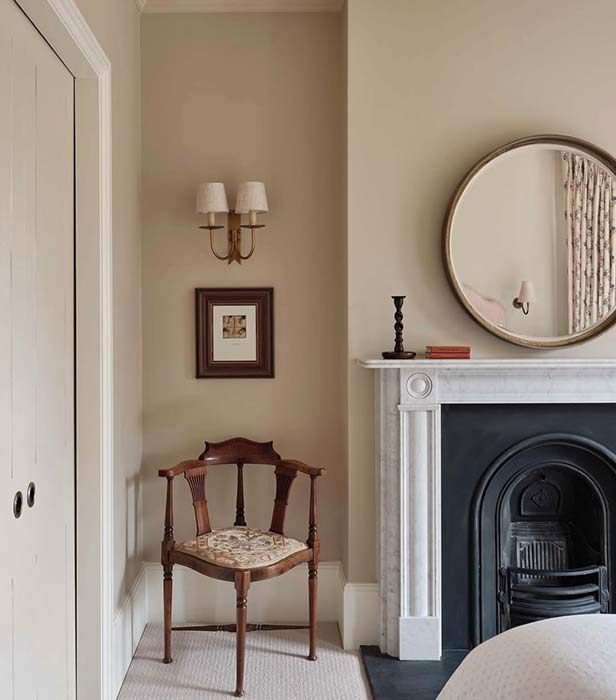
We love the colourful, classic appeal your interiors embody. How would you describe your design ethos? The devil is in the detail is our ethos. We focus not only on the overall feel of the room, but also in the finer details, right down to the type of
hinges and screws used in joinery, as it can really elevate the space. We believe everyone has a unique personality and style, so our goal is to create a home as distinctive as our clients'. I love incorporating colour, blending different styles, and layering
contrasting materials and textures.
Sustainability is also at the heart of our work—we prioritize eco-friendly materials and embrace antiques to create spaces that are both beautiful and responsible.
What do you love most about your job? I love the entire journey of transforming a space, from envisioning its potential, bringing that vision to life, and seeing our clients’ dreams come true. But what excites me most is that the learning never stops. Whether it's understanding how a piece is constructed, discovering innovative, sustainable materials, like something made from fungi, or embracing the fact that no two days are the same.
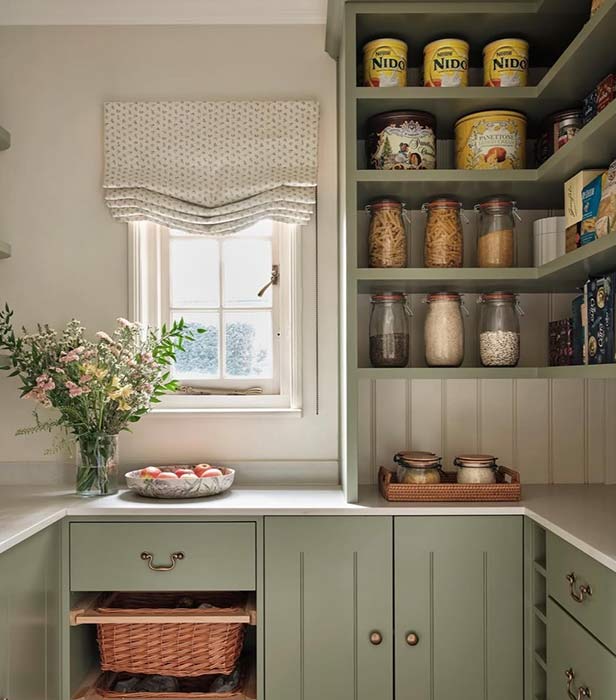
What aspect of design do you find the most challenging? Navigating unforeseen issues! Whether it's discovering that an architect has placed the stairs under a steel joist forcing a complete layout change, or dealing with suppliers delivering incorrect items or facing delays, there’s always something unexpected. But somehow, we always find a way to make it work.
Looking at your Stables project at Boconnion House in Cornwall, we can see the bold use of colour and pattern in your projects. What advice would you give to readers who are tentative about using colour and patterns in their homes? Start small with accessories like
cushions or rugs. Choose one
statement piece, like a bold wallpaper or colourful piece of furniture, to ease into patterns. Visit a public space that has that colour or pattern heavily featured, such as a hotel or restaurant, to see how it makes you feel. Always test
swatches in different lighting before deciding, and most importantly, trust your instincts—your home should reflect your personality!
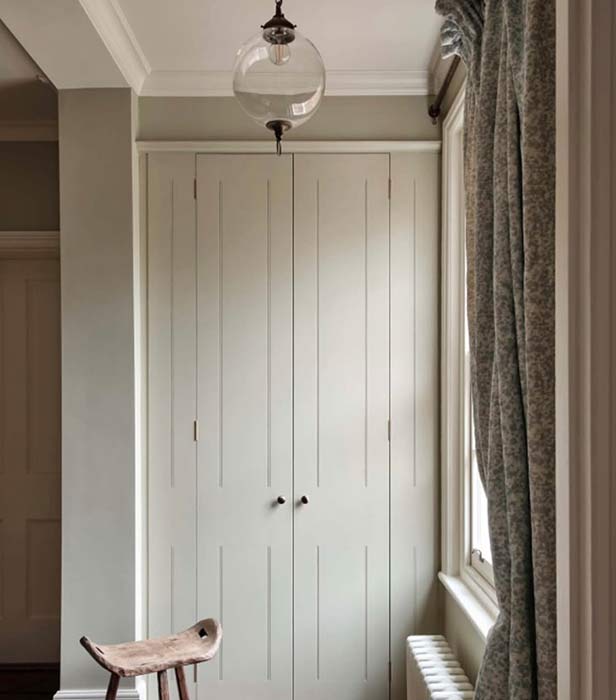
Where do you seek inspiration to keep your ideas fresh and exciting? Inspiration is everywhere, in everyday life, dreams, the beauty of nature. We draw from both
historical and
contemporary interiors, but our biggest inspiration comes from our clients. Just as hospitality design ensures a brand is reflected in its interiors, we aim to ‘brand’ our clients by giving their spaces an identity that resonates with their past, personality, and aspirations.
A great example is our Stables Project at
Boconnion House in Cornwall, where we developed the concept “Equine & Eras.” The vision was to breathe new life into the dilapidated stables to make a versatile space for wedding celebrations, while preserving its rich equestrian heritage and seamlessly integrating it into the 21st century.
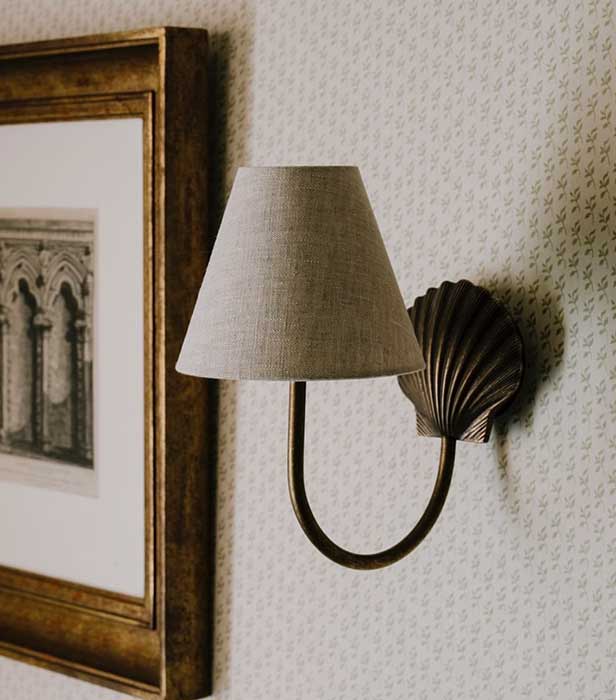
We know you like to deliver spaces that are personal and fun – how do you encourage your clients to add a bit of their own personality into the décor? From the moment we’re appointed, our clients become an integral part of the team, so we look to their
personality and ideas to shape the scheme. We believe in looking beyond fleeting trends. It's not about what’s currently "hot," but about what feels right for you.
Think about
art,
accessories, or memorabilia that holds sentimental value. Are there patterns or shapes that evoke fond memories? These personal elements can become the foundation of a space, ensuring that every time you step into it, it sparks a sense of joy and meaning. The goal is to weave these details into the design, creating an interior that truly reflects you.
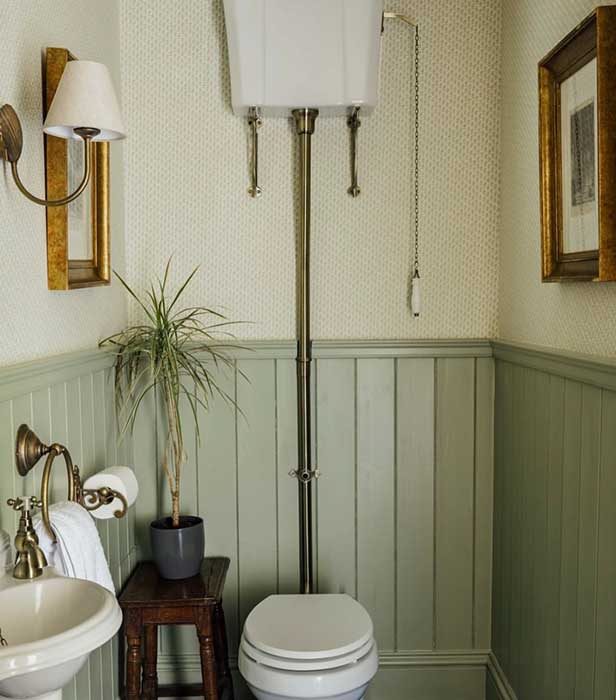
For readers unable to fully redecorate or renovate a room, what small scale changes can they make that will have the most impact?
•
Upgrade ironmongery – swapping
handles, knobs, and hinges on existing furniture or joinery can add a subtle yet impactful touch of personality.
•
Make use of hidden spaces –
small alcoves or underutilized areas are perfect for a pop of pattern. Try a roll of wallpaper or even hand-painted motifs for a unique, artistic detail.
•
Swap standard plastic sockets and switches for something more ‘bespoke’– outlets with metal, clear, or even etched circuit plates can instantly elevate a space with a more refined, bespoke feel. Sometimes, it's the smallest details that make the biggest difference!
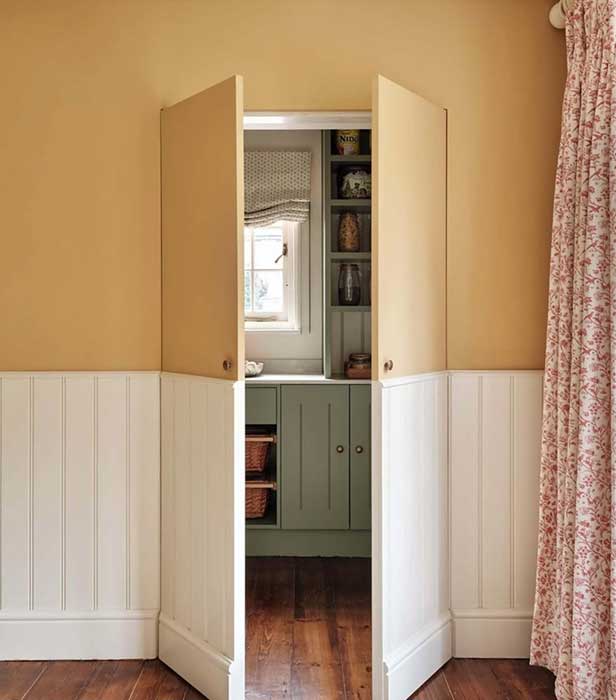
Like you, we believe great design is in the detail, what difference does this make to a scheme? It’s these small yet intentional touches that truly elevate a scheme. Whether it’s the choice of ironmongery,
the finish on a
light switch, or the precise alignment of textures and patterns, these seemingly minor elements bring cohesion, depth, and personality to a space.
Attention to detail ensures that a design doesn’t just look beautiful but also feels complete and considered. It’s what transforms a room from simply functional to an experience—where every material, fixture, and furnishing tells a story and enhances the atmosphere.
At what stage in the design process do you first think about lighting choices? From the very beginning. The more thought that goes into the planning stage, the richer and more dynamic the final design will be. The lighting selection takes place during the concept phase, where we use
mood imagery to shape the overall direction. This inspiration might come from a beautifully lit restaurant, a specific atmosphere, or even from suppliers. It’s essential to align your ideas with the client’s vision so that the lighting not only enhances the space but also feels personal and intentional.
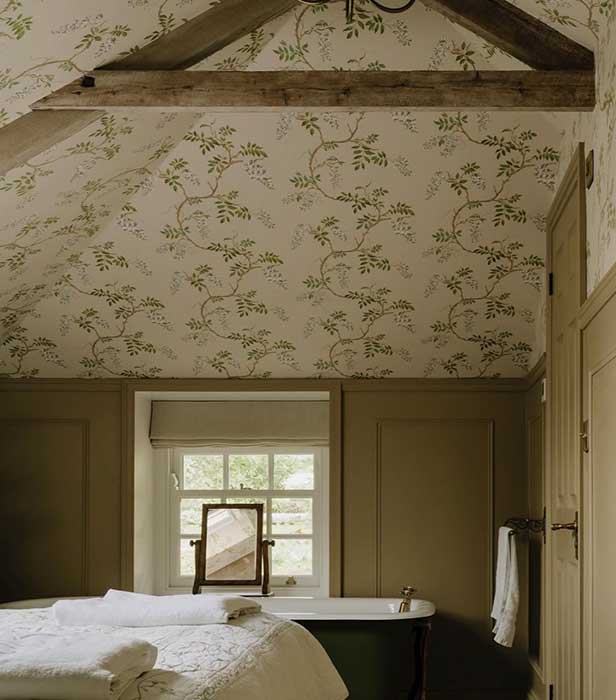
How important is lighting to a project? Lighting is essential to every project—not only for its practical purpose of
illuminating a space at night but also for its ability to
transform an interior. It plays multiple roles, from
accent lighting that creates a warm, inviting atmosphere to
task lighting, such as LED strips in shelving or under
kitchen cabinetry, that enhances functionality.
Beyond function, lighting is a powerful design element. It can introduce
texture and pattern, whether through the material of the fixture itself or
the shade —think rattan for an organic feel or pleated fabric for a touch of elegance. Most importantly, lighting is a way to infuse personality into a space. Whether it’s a hand-painted shade, a
statement pendant, or a custom metal base in your favourite colour, the right lighting choice can bring joy and individuality to a room.
We love spotting Jim Lawrence fittings in the beautiful homes and accounts we follow; what do you like about the products we make? One of the things I love most is the versatility of your products. I’ve used JL in everything from Georgian period homes to the eccentric Equine Stables project in Cornwall. The exceptional quality and
beautiful finishes effortlessly complement any design scheme, making it a go-to brand. Additionally, the fact that JL is a British company with
UK-based manufacturing adds to its appeal—not just in terms of craftsmanship but also from a sustainability perspective, reducing environmental impact. Honestly, the list of reasons could go on!
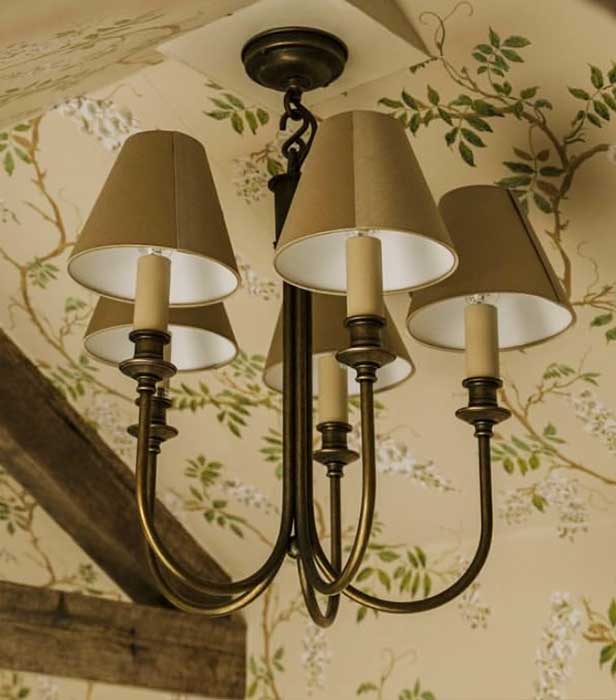
Finally, a few quick-fire questions...What are your top tips for making a house a home? Try to curate a sense of belonging, creating moments not just rooms and balancing functionality with personality. Ultimately, a house becomes a home when it resonates with you—your past, your present, and your aspirations.
What’s your favourite room to design? I wouldn’t say a specific type, its actually the smaller rooms in the house that are often forgotten such as
cloakrooms and
hallways. The smaller the room the bigger the personality.
Your favourite Jim Lawrence product, and why? I love the
Double Cottage Wall Light with its pointed back plate detail however the unsung hero must be the
Georgian window furniture range, such a small way to add personality to a space.
GET THE LOOK